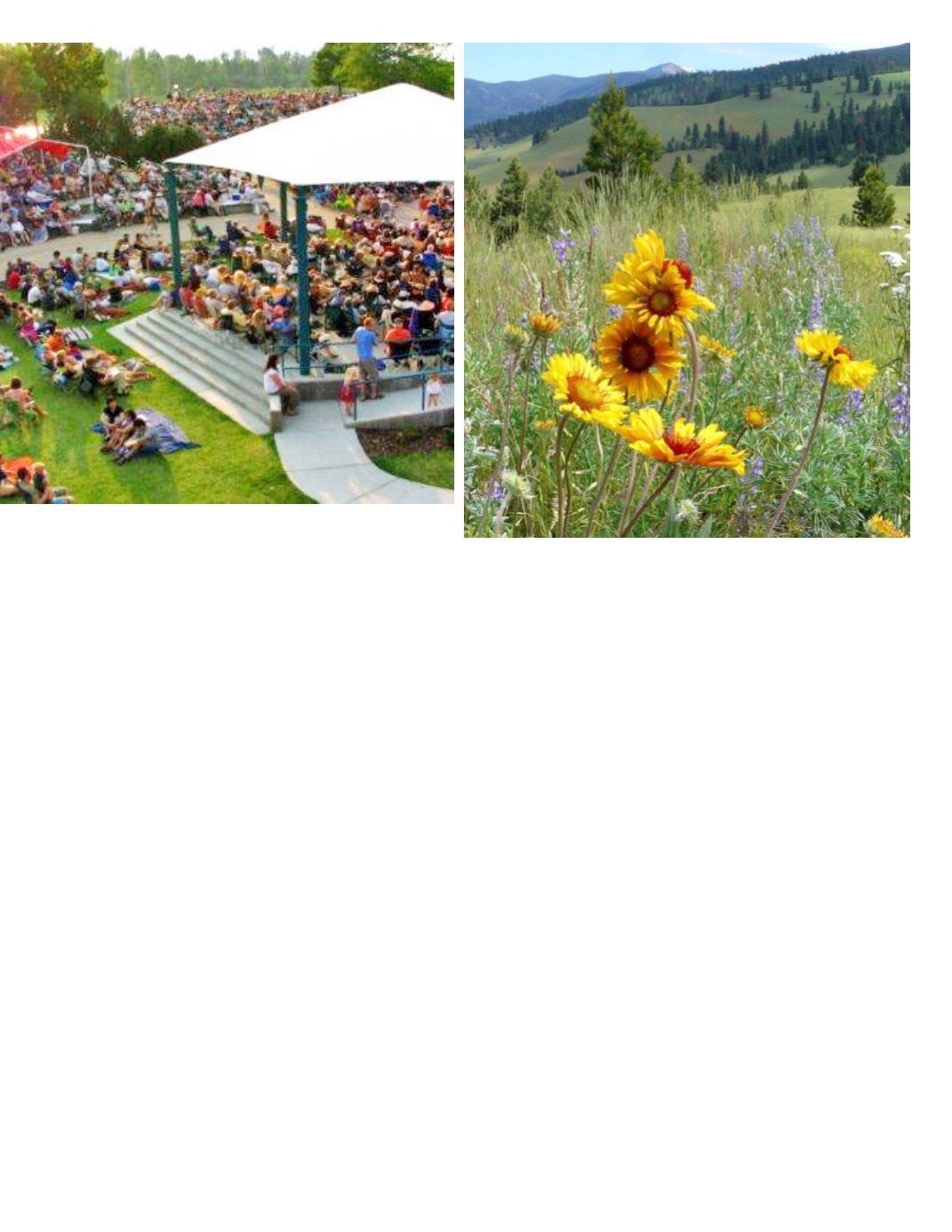
Aug/Sep 2013
| Business World Magazine | 91
mining operations, especially after the Clark
Fork River became the site of a hydro-dam
installation. That infrastructure eventually
deteriorated and engineers began to worry
the mass of sediments that had built-up from
mining processes over the years would wreak
certain havoc should the dam ever collapse.
Ironically, Missoula’s very name stems from
the Native American expression by which
tribes historically referred to the Clark Fork
River (nmesuletk) which translates to “place
of frozen water.” In the modern era, frozen
water took on a whole new meaning. En-
gen says this once vibrant waterway and wa-
tershed was used historically as a dumping
ground for mining sediments upriver and
household garbage in Missoula. Eventually,
environmental conditions became so serious
the site was designated among the most ur-
gent in need of clean-up as indicated by the
national Superfund program.
Engen says that era reflects a grim chapter
of Missoula’s history “when people turned
their back to responsibility.” Yet, that’s cer-
tainly not the final chapter in the story of
the transformation underway in Missoula.
The area around the Clark Fork River was
not only cleaned-up a few years ago, but the
flow of water restored when the dam was re-
moved in 2008, water flowing freely for the
first in more than a century.
“We recognize problems, but look for
ral mecca of Montana.


